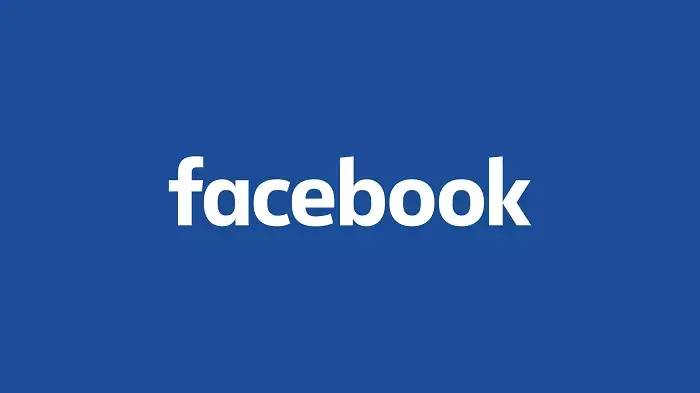In the fast-paced landscape of digital advertising, subtle nuances can dramatically influence campaign effectiveness. One such nuance is the behavior of video ad loops on Facebook, which many marketers overlook. While the primary goal is capturing attention quickly, understanding how video length affects looping frequency can unlock a powerful advantage. Shorter videos, particularly those under 30 seconds, are inherently designed — by algorithm — to loop more frequently within the same viewing window. This means that a 16-second ad could potentially loop six times or more in the span of 90 seconds, amplifying viewer exposure to your core message without extra effort or added spend.
This looping behavior isn’t accidental but rooted in Facebook’s design logic, which aims to optimize viewer engagement and ad recall. Since Facebook’s algorithm determines loop counts based on video duration rather than view count, shorter videos inherently have more opportunities to replay. The implication is profound: if your goal is to reinforce your brand or message rapidly, injecting brevity into your videos might boost the chances of repeated impressions, eventually increasing familiarity and brand recall. It’s a seemingly minor strategy that could have significant ripple effects on your campaign’s overall performance.
How Length Dictates Engagement Dynamics and Viewer Perception
While increased loops might seem advantageous at first glance, the picture is more complex. The repeated exposure facilitated by looping can serve as a double-edged sword. On one hand, more impressions can enhance message retention, especially in cluttered social feeds where each second of attention is precious. On the other, there’s a danger of annoying viewers if the repetition feels intrusive or overly aggressive.
The balance lies in understanding your audience’s tolerance and the context of your campaign. For instance, brand awareness campaigns might benefit from short, punchy videos that repeatedly remind viewers of your message without demanding too much of their time. Conversely, more elaborate storytelling or detailed product demonstrations may require longer formats, accepting fewer loops in favor of depth and clarity. Essentially, it’s about leveraging the natural looping built into Facebook’s ecosystem to serve your strategic narrative without crossing the line into viewer fatigue.
Another key consideration is the platform’s mechanics. Unlike Instagram, where videos loop endlessly regardless of length, Facebook enforces a maximum loop count based on duration. Consequently, savvy advertisers can tailor their creative approach to exploit this system — using short, impactful clips to maintain high frequency and brand visibility while avoiding overloading viewers. This approach not only optimizes organic engagement but also maximizes the efficacy of paid impressions.
Strategic Implications and Creative Opportunities
Given these insights, marketers should revisit their creative strategies with a more critical eye. Instead of producing long-form videos designed for comprehensiveness, consider crafting short, highly focused clips that encapsulate your core message succinctly. This not only aligns with Facebook’s autoplay and looping mechanics but also creates multiple touchpoints within a single viewing session. By doing so, it transforms passive viewers into multiple impressions, each reinforcing your branding message subtly but effectively.
Moreover, the dynamic adjustment of looping—where Facebook optimizes loop counts for better performance—introduces an element of adaptability. Rather than rigidly planning for a set number of loops, advertisers can harness the flexibility offered by Facebook’s AI systems, trusting that optimized playback will yield better results over time. It subtly shifts the focus from crafting perfect content in isolation to producing flexible, concise assets that can adapt to Facebook’s behavioral algorithms.
In-and-out short videos allow brands to stay top of mind without demanding excessive attention or risking viewer fatigue. When used strategically, they become micro-moments of reinforcement, subtly embedding your brand in the viewer’s subconscious. However, this approach necessitates meticulous creative planning. Every second must be purposeful, every frame meticulously curated to provoke impact within brief time spans.
Ultimately, the awareness of Facebook’s looping mechanics combined with the art of crafting effective short videos can turn a seemingly minor technical aspect into a competitive advantage. It invites marketers to rethink traditional video length assumptions and recognize that sometimes, less truly is more — because in this case, less can lead to more impressions, better recall, and ultimately, more effective branding.

